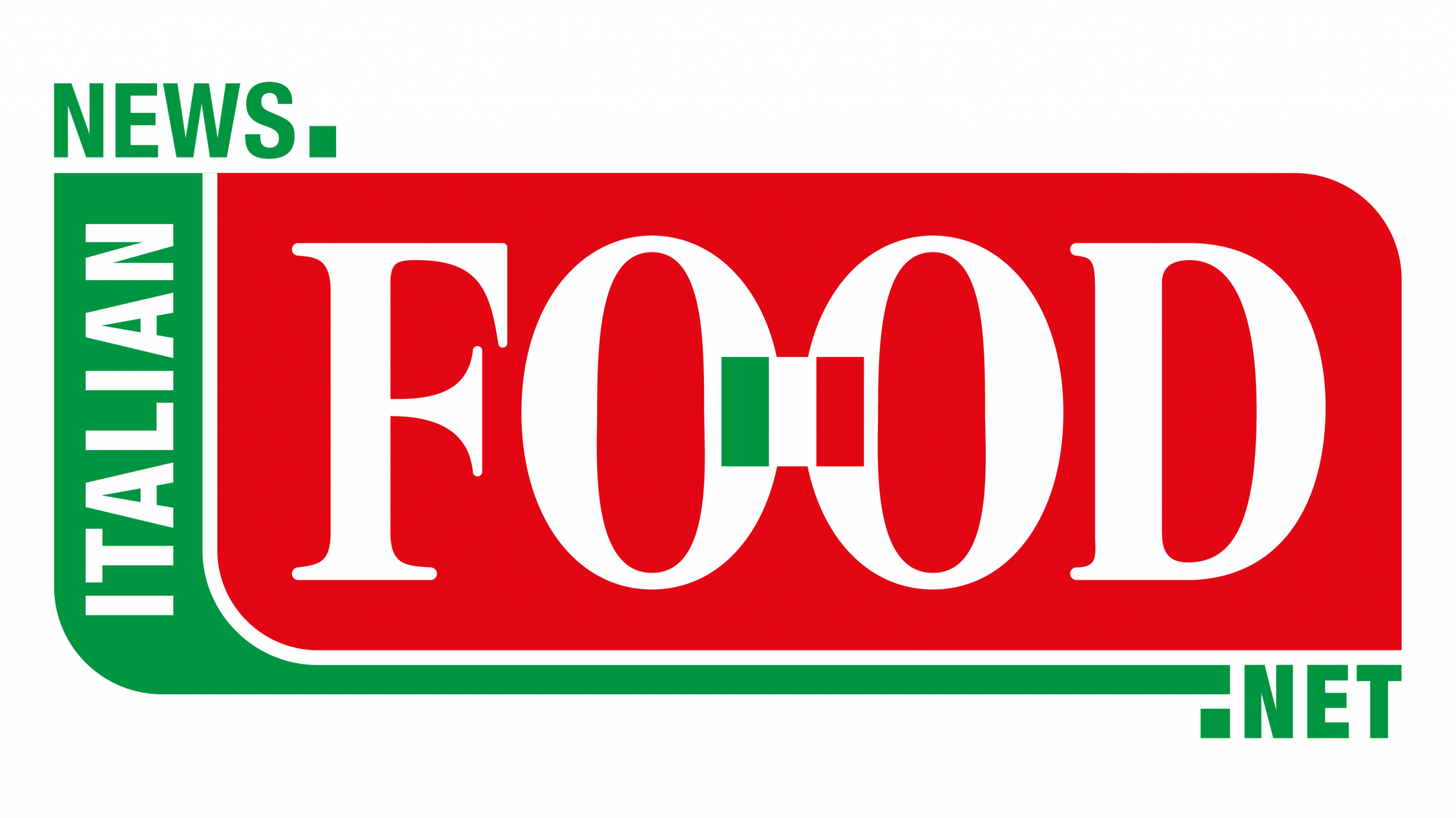
The Italian wine sector concluded 2024 with record-setting results, confirming its position as a global powerhouse. Exports surged to €8.136 billion, marking a +5.5% increase on 2023, with 21.7 million hectoliters shipped abroad. Italy maintains its status as the world’s leading exporter by volume and the second by value, trailing only France.
Production saw a strong rebound after the 2023 slump, climbing +13% to 48 million hectoliters. Domestic consumption, however, remained stable at 37.8 liters per capita, with 8.5 million daily consumers.
THE TARIFF PARADOX: SUCCESS MEETS VULNERABILITY
Despite the impressive figures, the industry faces a significant challenge. According to the latest report of the Rome Business School, the sector is experiencing “a paradox: it is stronger than ever on global markets, but also more vulnerable to external shocks.” The 15% US tariffs, which took effect in August 2025, are projected to cost the sector over €300 million within 12 months. This measure is expected to particularly penalize popular varietals like Prosecco, Pinot Grigio, Moscato, and Tuscan reds.

NAVIGATING TARIFFS: DIVERSIFICATION AND INNOVATION
The United States remains the primary market for Italian wine, generating nearly €2 billion in revenue with a +10.2% growth in 2024. However, the looming tariffs are compelling wineries to rapidly reorganize pricing, logistics, and commercial strategies.
As a result, many firms are aggressively diversifying their export routes, pivoting toward:
- Canada (+15.3%)
- Russia (+40%)
- Latin America
- Asia
- E-commerce, a channel estimated to reach $6.7 billion by 2025.
Operationally, investments are increasing in lightweight packaging, logistics efficiency, flexible contracts, automation, and digital platforms for client management and marketing.
MARKET TRENDS: PREMIUMIZATION AND GREEN TRANSITION
Italy maintains its global reference role with 720,000 planted hectares. Climate change continues to impact yields and production geography, driving growth in sustainable practices. Organic viticulture now covers 133,000 certified hectares, representing 23% of the national vineyard area.
Consumer trends indicate a shift towards drinking less but better, with preferences moving to whites, rosés, and sparkling wines, while structured reds lose market share. The no/low alcohol segment is projected for a strong ascent, with an expected +20% growth by 2029. Export value continues to rise: PDO wines account for 68% of exports, and sparkling wines make up 29%, primarily driven by Prosecco Doc. In the high-end category, the “Italy 100” index remains positive (+0.6%), and the country shone at the Decanter Awards with 138 medals, including 6 “Best in Show” accolades.
THE FUTURE: ENOTOURISM AND BRAND ITALY
Wine tourism is confirmed as a strategic asset, driving €3 billion in expenditure from over 15 million visitors (a +11% increase). The high propensity to purchase during winery visits and the growth of specific territories, such as Badesi in Sardinia (+18%), underscore its importance. The winery experience, increasingly supported by digitalization and immersive services, reinforces the national “Made-in-Italy” brand.
“The future of Italian wine depends on the capacity to innovate without losing identity, to consolidate historical markets while opening up to emerging ones, and to face global challenges by focusing on sustainability and digitalization,” stresses the Rome Business School’s report.
